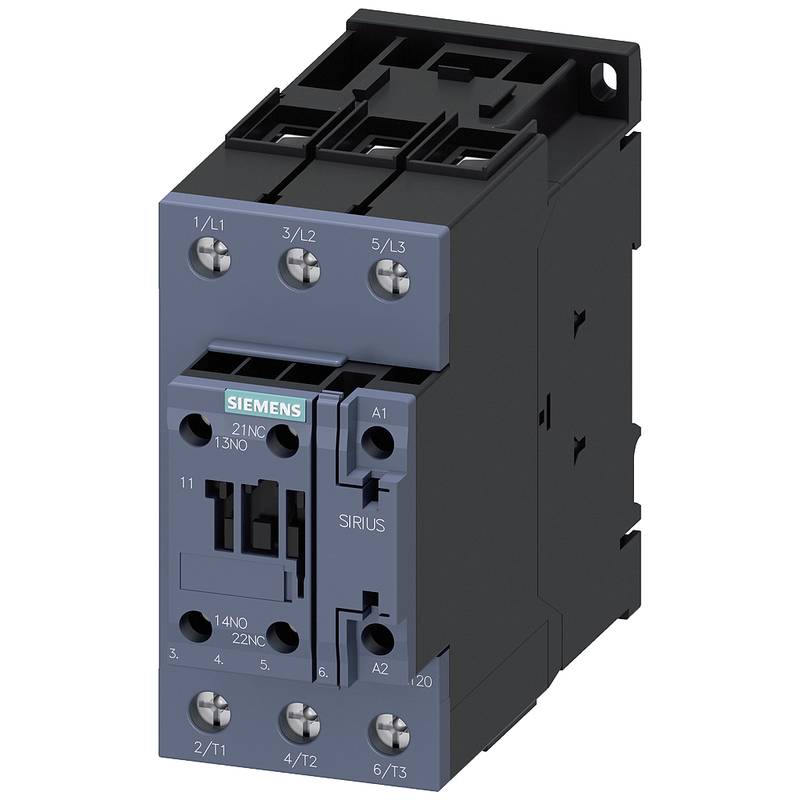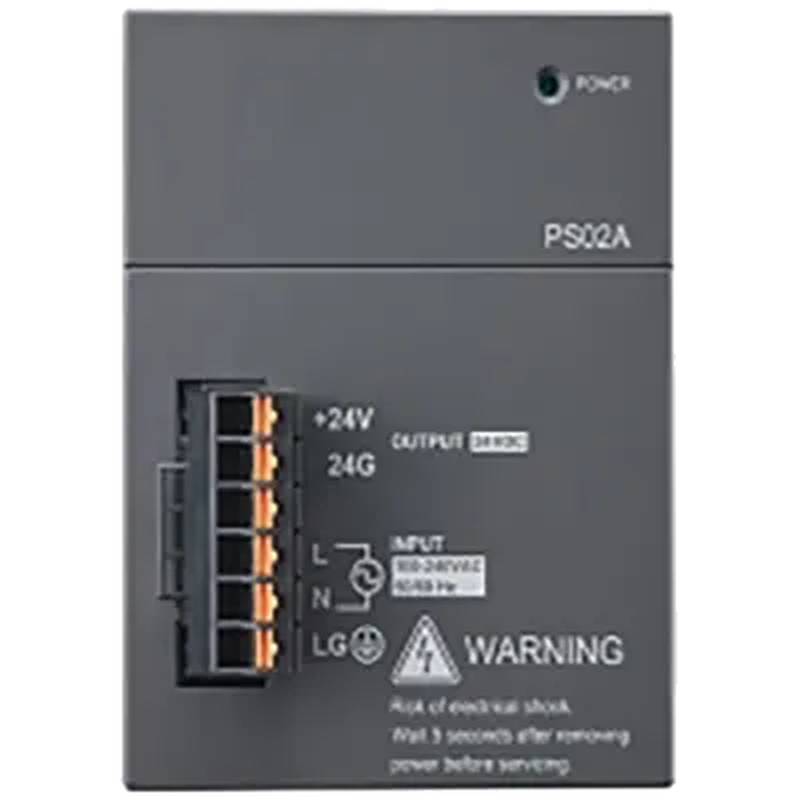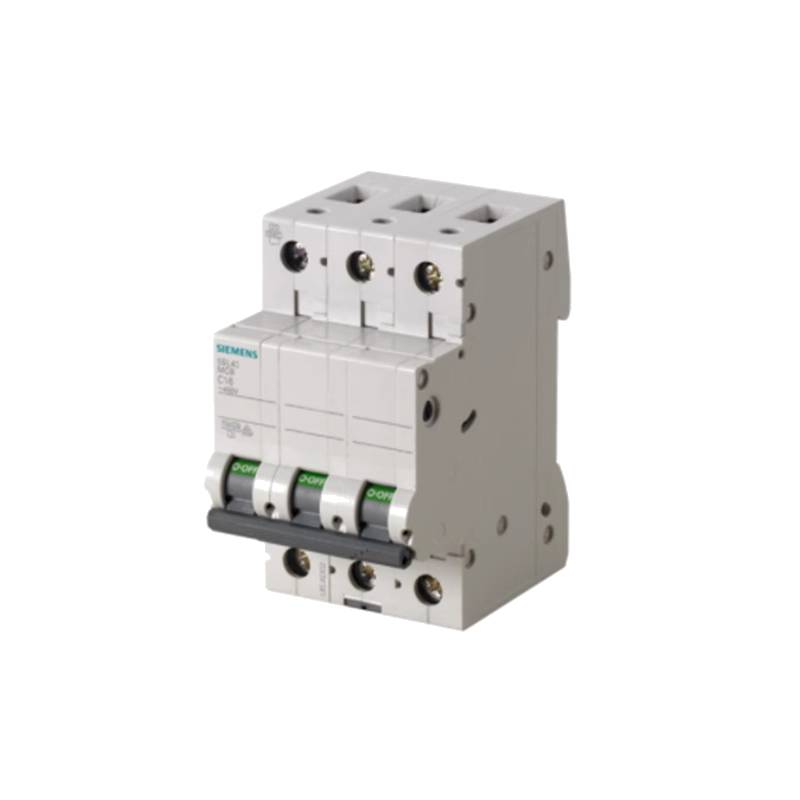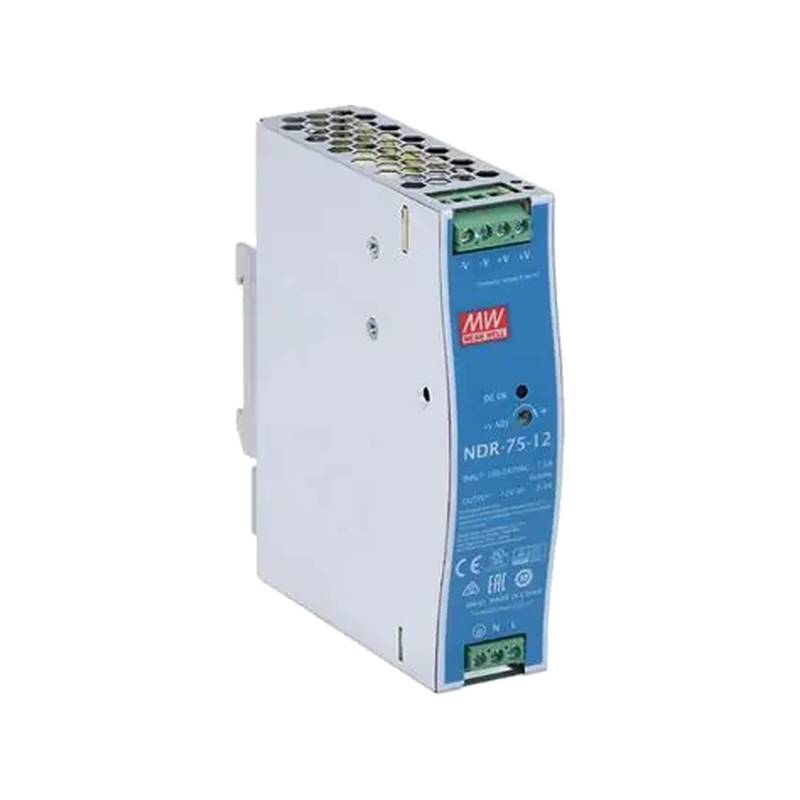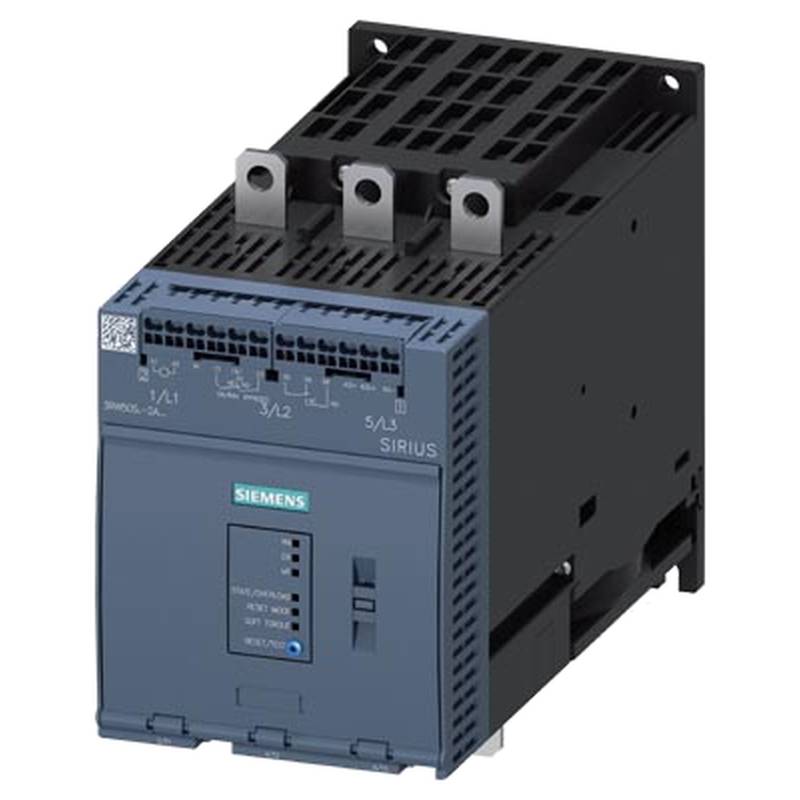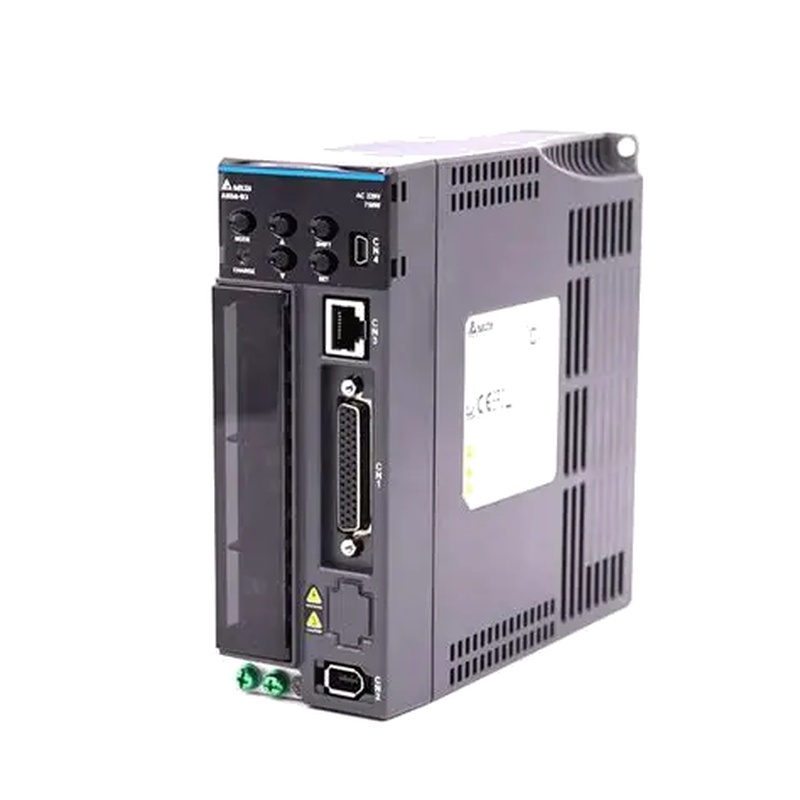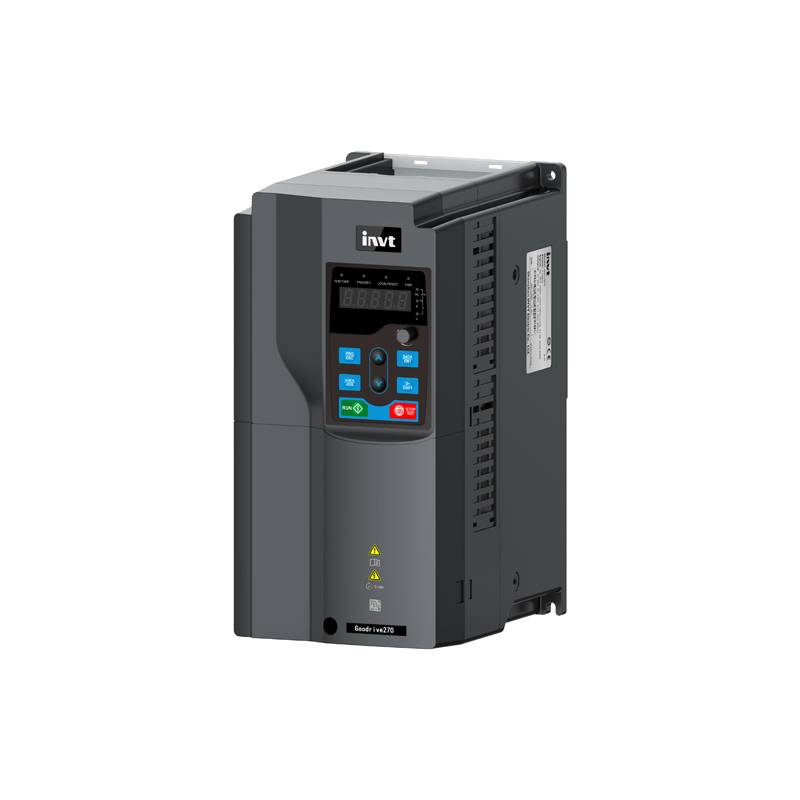
The Moxa EDS-316-MM-ST is a robust 16-port multi-mode industrial fiber switch designed for demanding network environments. It offers reliable data transmission over extended distances, making it ideal for applications requiring high bandwidth and immunity to electromagnetic interference. With features like redundant power inputs and a wide operating temperature range, it ensures continuous operation in harsh industrial settings.
Product Specifications
| Feature | Specification |
| :-------------------- | :-------------------------------------------------- |
| Ethernet Ports | 16 x 10/100BaseT(X) auto-MDI/MDI-X ports |
| Fiber Ports | 2 x 100BaseFX multi-mode ports (ST connector) |
| Power Input | 24 VDC (9-50 VDC) redundant |
| Operating Temperature | -40 to 75 °C (-40 to 167 °F) |
| Dimensions | 79 x 135 x 105 mm (3.11 x 5.31 x 4.13 in) |
| Enclosure | IP30 |
| Mounting | DIN-rail |
| MTBF | 1,000,000+ hours |
Core Features & Market Positioning
The Moxa EDS-316-MM-ST distinguishes itself through its high port density and the inclusion of multi-mode fiber optic connectivity with ST connectors. This combination provides a cost-effective solution for extending Ethernet networks across industrial facilities, offering superior signal integrity compared to copper cabling over longer runs. Its industrial-grade design, including a wide operating temperature range of -40 to 75°C, and dual redundant power inputs, positions it as a dependable choice for critical infrastructure where network uptime is paramount. The switch’s adherence to industrial communication standards ensures seamless integration into existing automation systems, making it a competitive offering against other industrial Ethernet solutions.
Key Application Scenarios
This industrial fiber switch is exceptionally well-suited for scenarios demanding reliable network connectivity over moderate distances in challenging environments. Common applications include factory automation, where it connects PLCs, HMIs, and control systems, ensuring robust data flow for real-time process control. It is also vital in transportation systems, such as traffic management and railway signaling, where its immunity to electrical noise and extended reach are critical. Furthermore, the Moxa EDS-316-MM-ST finds application in utility sectors like power substations and water treatment plants, enabling secure and uninterrupted communication for SCADA systems and remote monitoring.
Practical System Integration Guidance
Integrating the Moxa EDS-316-MM-ST into an industrial network is straightforward, primarily leveraging its DIN-rail mounting capability for quick deployment within control cabinets. The switch utilizes auto-negotiation for its copper Ethernet ports, simplifying connection to end devices like computers, cameras, and other network equipment. For the multi-mode ST fiber ports, ensure the use of appropriate multi-mode fiber optic cables (e.g., 62.5/125 µm or 50/125 µm) and verify connector cleanliness for optimal signal transmission. Configuration, if required beyond plug-and-play, can be accessed via its web interface or console port for advanced network management, including VLAN setup or QoS prioritization.
Operation and Risk Mitigation
Operating the Moxa EDS-316-MM-ST involves ensuring proper power supply connections to its redundant terminals, minimizing the risk of power failure. For safety, always adhere to local electrical codes during installation and maintenance. In terms of risk mitigation, the switch's industrial hardening protects against common environmental hazards like vibration and extreme temperatures. Should network issues arise, common troubleshooting steps include checking LED status indicators for port activity and link integrity, verifying fiber optic cable connections, and ensuring the power supply voltage is within the specified range. The device typically provides diagnostic information through its management interface to pinpoint faults.
Scalability & Long-Term Value
The Moxa EDS-316-MM-ST offers significant long-term value through its inherent scalability and compatibility with industrial communication protocols. Its high port density allows for the connection of numerous devices, supporting network expansion as operational needs grow. The inclusion of both copper and fiber interfaces provides flexibility for integrating new devices and extending network reach to previously inaccessible areas. As industries move towards Industrial Internet of Things (IIoT) and Industry 4.0 initiatives, this switch serves as a foundational component, enabling reliable data aggregation and communication required for advanced analytics and smart manufacturing environments.
Frequently Asked Questions
What are the primary benefits of using the Moxa EDS-316-MM-ST?
It offers high port density and reliable multi-mode fiber connectivity. This switch ensures robust data transmission in harsh industrial environments. Its extended temperature range and redundant power inputs enhance operational uptime significantly.
This industrial Ethernet switch excels in providing immunity to electrical noise. It allows for longer cable runs compared to copper solutions. The ST connector type is widely available and easy to terminate.
The Moxa EDS-316-MM-ST supports plug-and-play functionality for quick deployment. It simplifies integration into existing industrial automation networks. This enhances overall network efficiency and reduces maintenance overhead.
What are the key technical specifications for the Moxa EDS-316-MM-ST?
This switch features 16 x 10/100BaseT(X) Ethernet ports. It also includes 2 x 100BaseFX multi-mode fiber ports with ST connectors.
The device operates within a wide temperature range of -40 to 75°C. It is designed for DIN-rail mounting and boasts an IP30 enclosure rating.
Power is supplied via dual redundant inputs supporting 9-50 VDC. Its Mean Time Between Failures (MTBF) exceeds 1,000,000 hours.
How does the multi-mode ST fiber connectivity benefit industrial networks?
Multi-mode fiber offers a cost-effective solution for moderate distances. It provides excellent immunity to electromagnetic interference (EMI). This is crucial in industrial settings with high electrical noise.
The ST connector is a robust and widely adopted standard. It ensures reliable physical connections for fiber optic cables. This simplifies installation and maintenance procedures.
ST connectors, when used with multi-mode fiber, enable network segmentation and extension. It is ideal for connecting equipment within a factory floor or across adjacent buildings.
Where is the Moxa EDS-316-MM-ST most commonly applied?
It is extensively used in factory automation for connecting control systems. This includes PLCs, HMIs, and various sensors on the production line.
The switch is also deployed in transportation infrastructure. Applications include traffic control systems and railway signaling networks.
Its robustness makes it suitable for utility sectors like power substations and water treatment plants. It supports SCADA and remote monitoring applications effectively.
What are the power requirements for the Moxa EDS-316-MM-ST?
The switch requires a DC power input, typically 24 VDC. It supports a wide voltage range from 9 VDC to 50 VDC.
It features dual redundant power inputs. This design ensures continued operation even if one power source fails.
Properly wiring both power inputs is recommended for maximum reliability. Ensure the power supply meets the voltage and current specifications.
How do I perform basic installation and setup?
Mount the switch securely on a standard DIN rail. Connect your Ethernet devices to the RJ45 ports. Ensure correct polarity for the DC power connections.
Use appropriate multi-mode fiber optic patch cords for the ST ports. Connect them to other fiber-enabled devices or switches. Verify LED indicators for link status.
For advanced configuration, connect via the console port or web interface. Set IP addresses and other network parameters as needed.
What are common troubleshooting steps for connectivity issues?
Check the status LEDs on each port. Solid green lights typically indicate a good connection. Blinking lights show network activity.
Inspect the physical connections of both copper Ethernet and fiber optic cables. Ensure they are securely seated and undamaged. Clean fiber optic connectors if necessary.
Verify that the power supply is within the operational range. Reboot the switch and connected devices to refresh network states.
How does this switch contribute to network scalability?
Its 16 Ethernet ports allow for a high density of connected devices. This supports network expansion as more equipment is added to the system.
The fiber optic ports enable extending the network reach. This is beneficial for connecting to remote substations or other building sections.
It serves as a reliable backbone for growing industrial networks. It facilitates integration of new technologies and future upgrades.
What is the operational temperature range and its significance?
The switch operates reliably in extreme temperatures from -40°C to 75°C. This wide range is critical for industrial environments.
Such harsh conditions are common in outdoor installations or near heat-generating machinery. Standard office equipment would fail in these situations.
This industrial hardening ensures continuous network operation. It prevents downtime caused by thermal stress on components.
Can the Moxa EDS-316-MM-ST integrate with IIoT platforms?
Yes, its standard Ethernet and fiber ports are compatible with IIoT gateways. It can aggregate data from various industrial devices.
The switch provides a reliable communication pathway for IIoT data transmission. It ensures that machine data can reach cloud or on-premise analytics platforms.
By supporting robust connectivity, it enables smart manufacturing initiatives. This includes predictive maintenance and real-time performance monitoring.
















